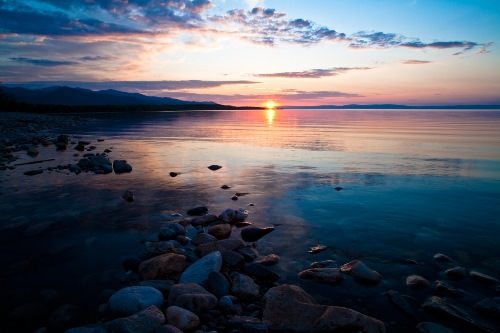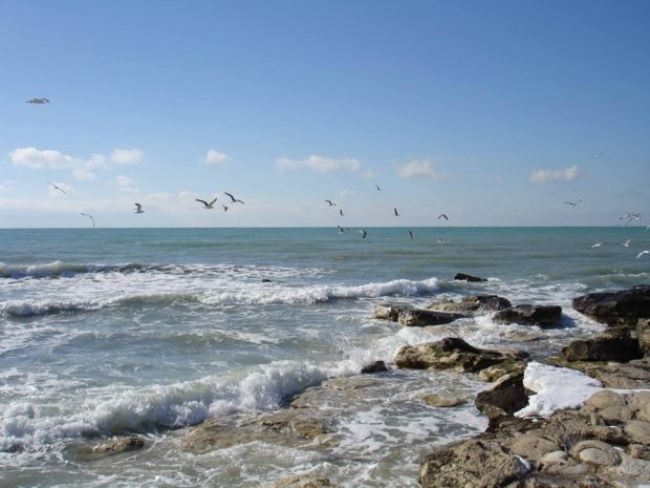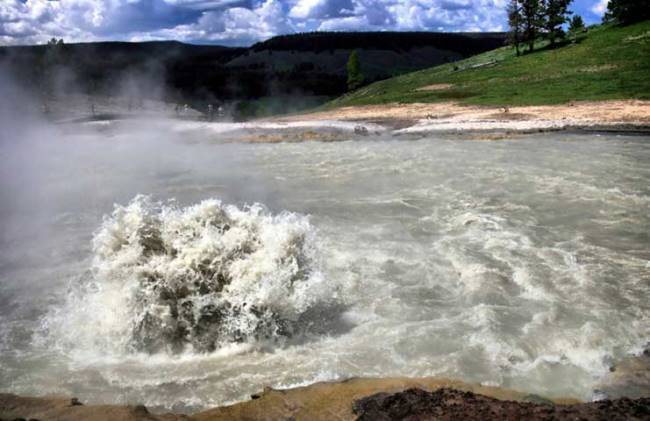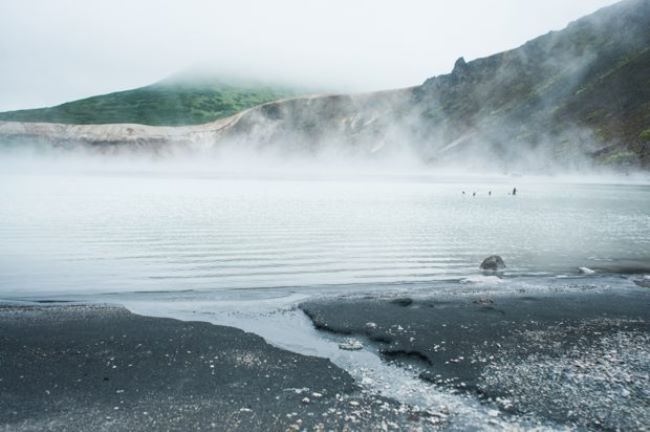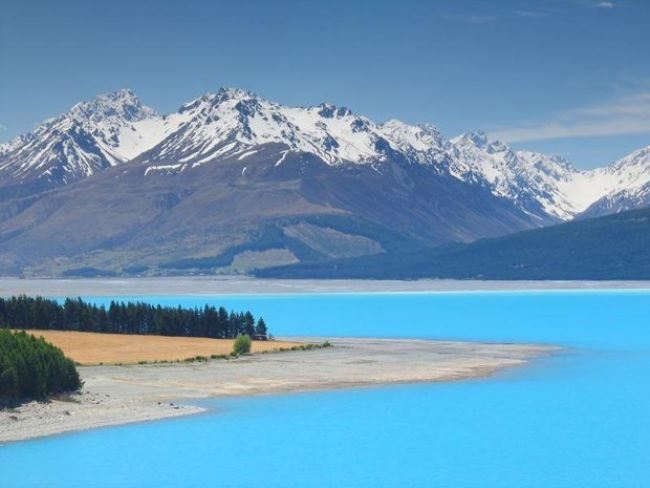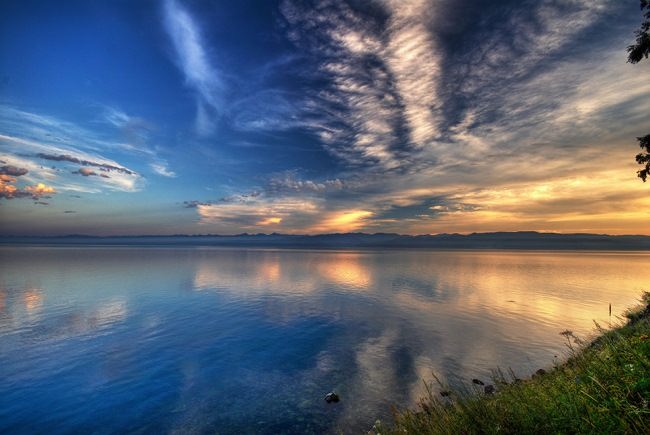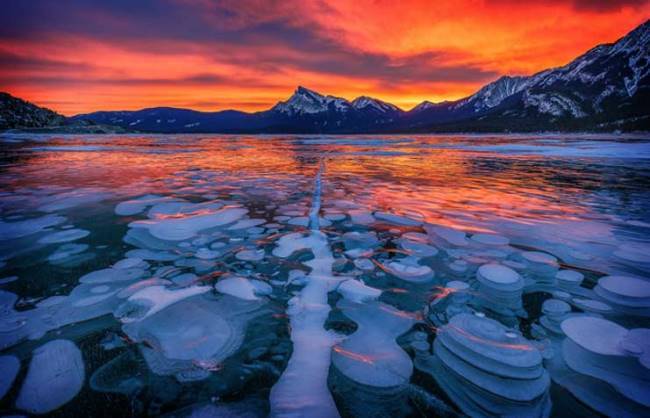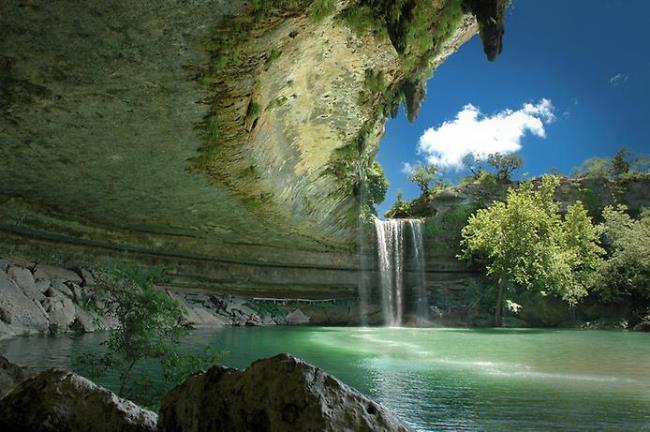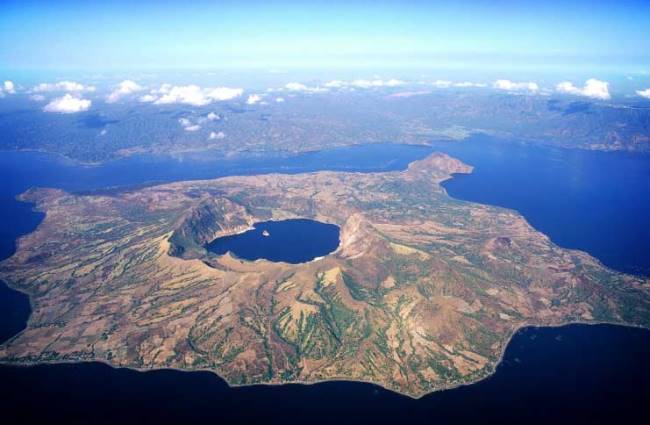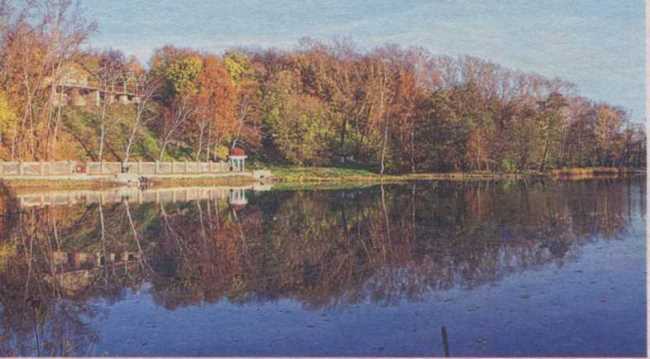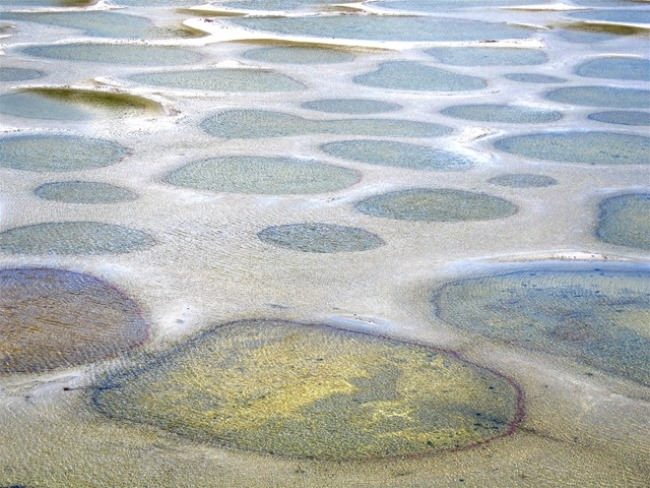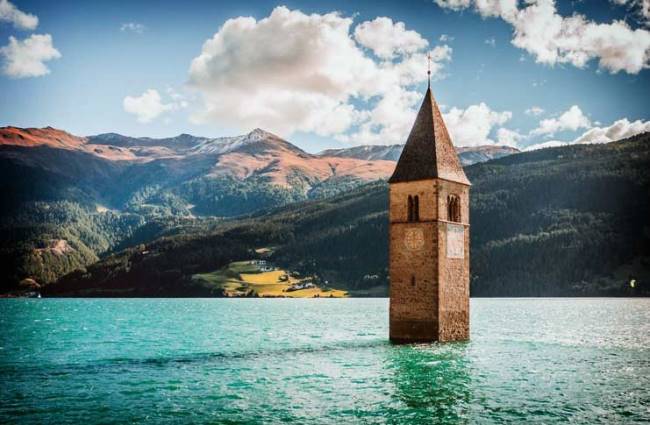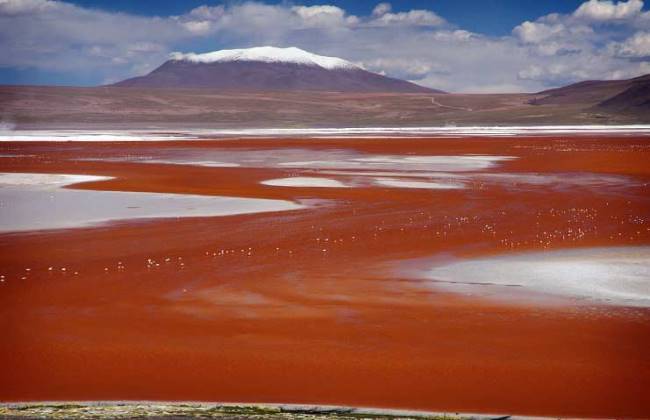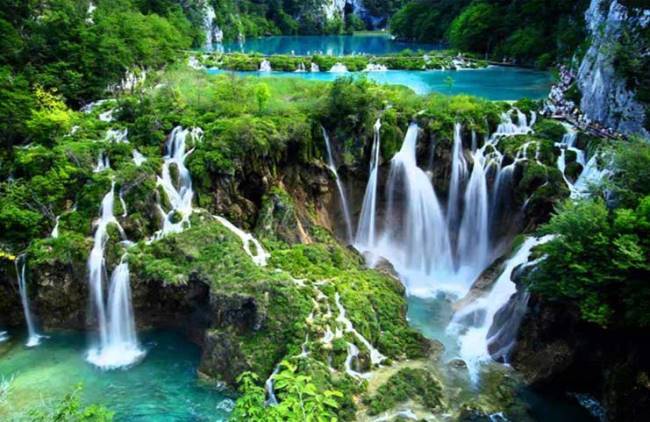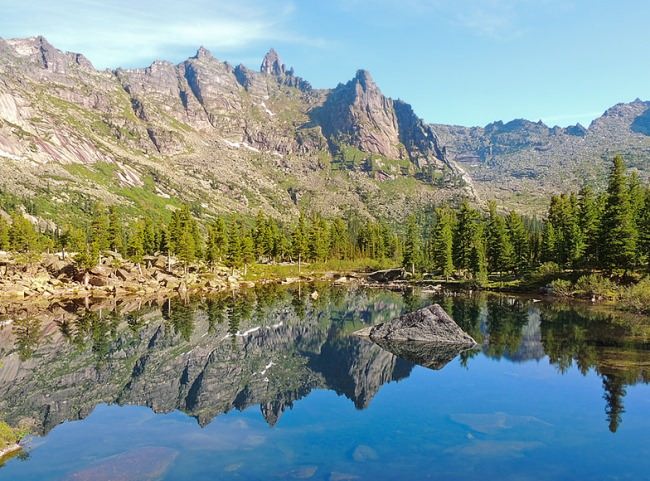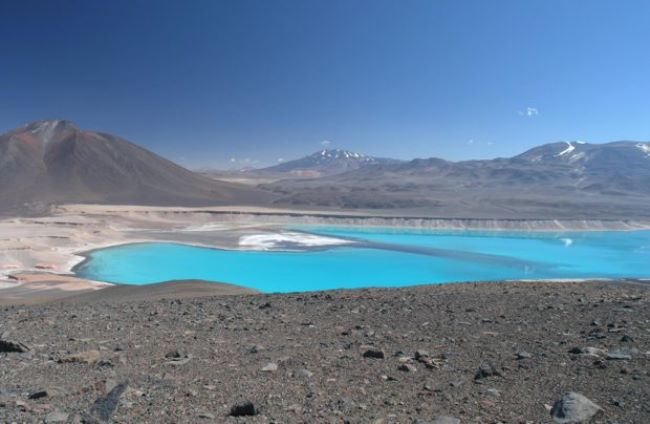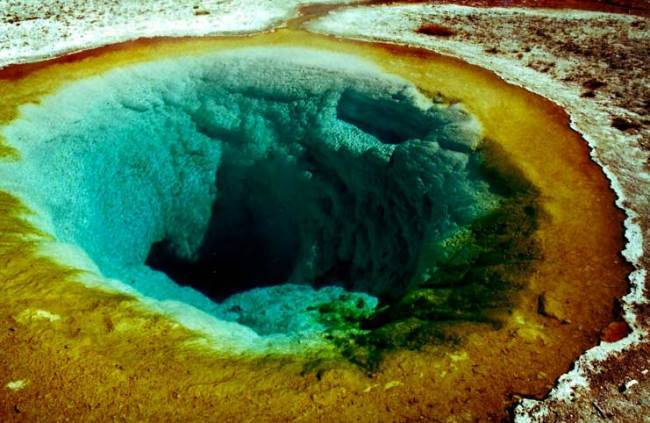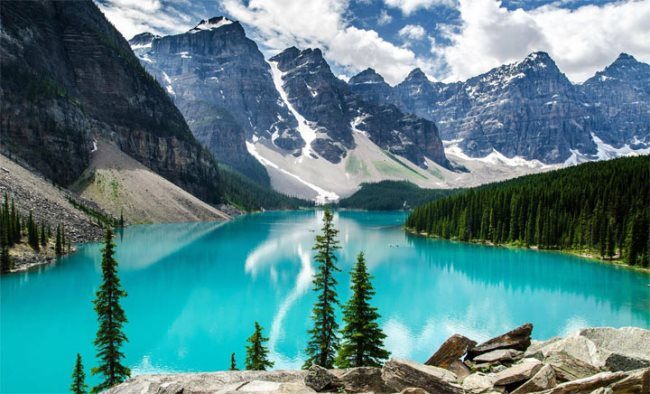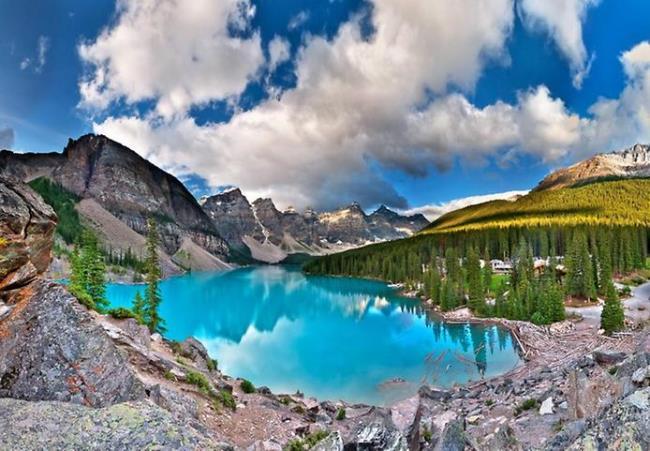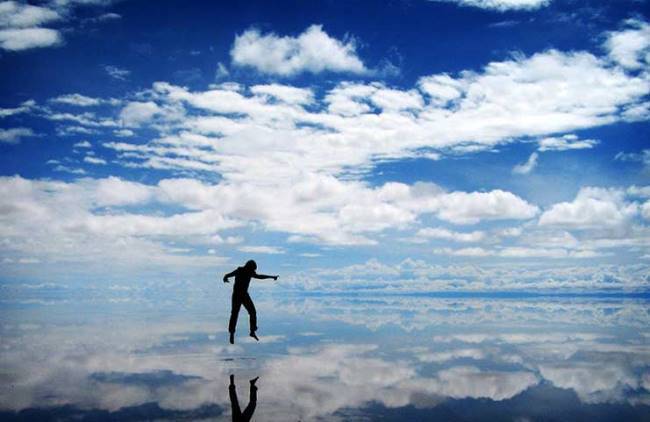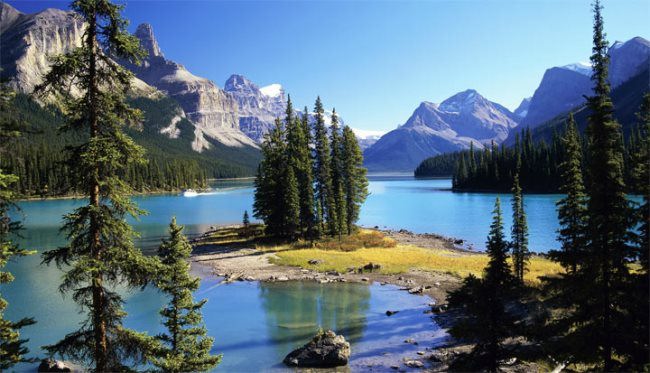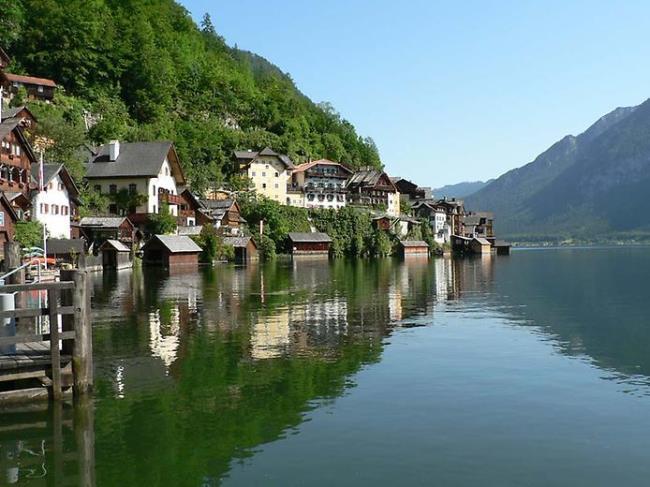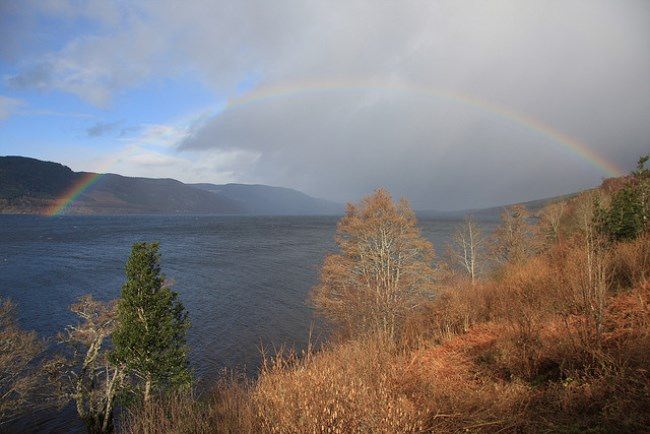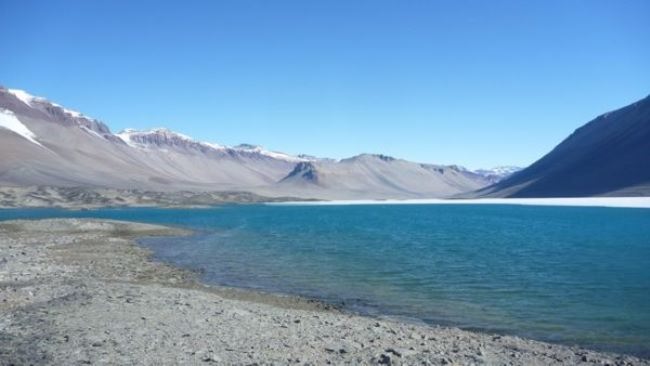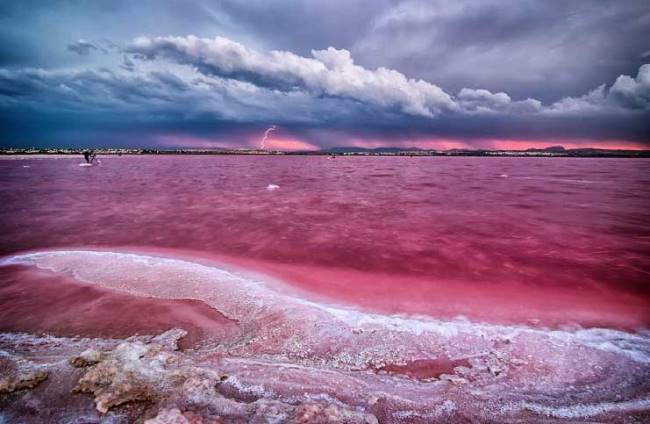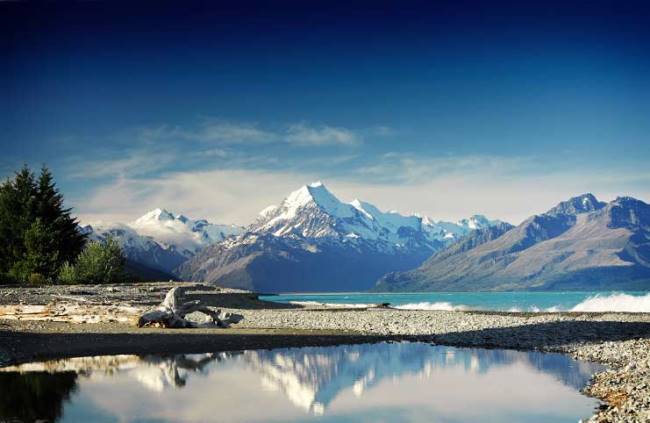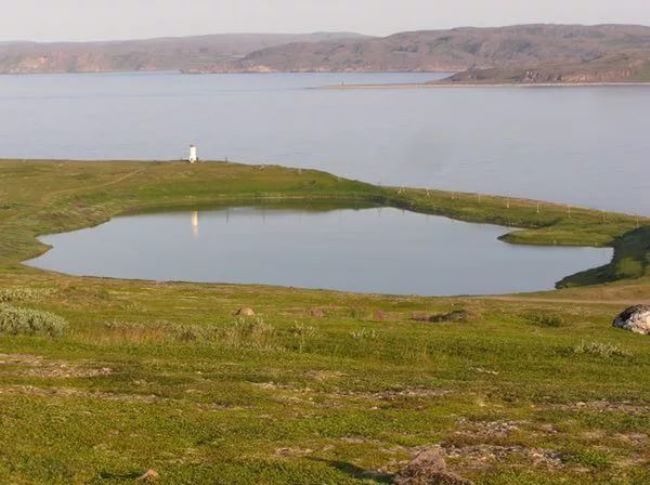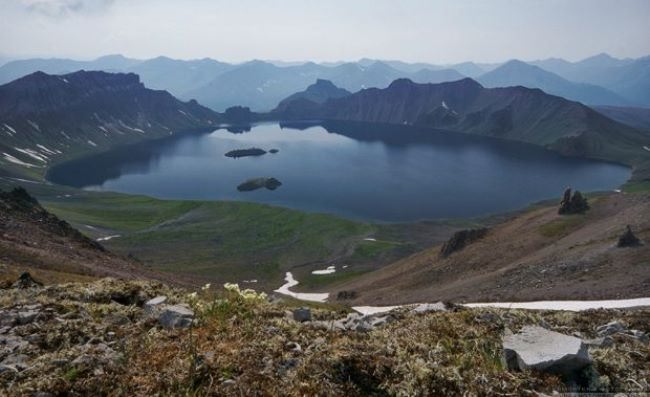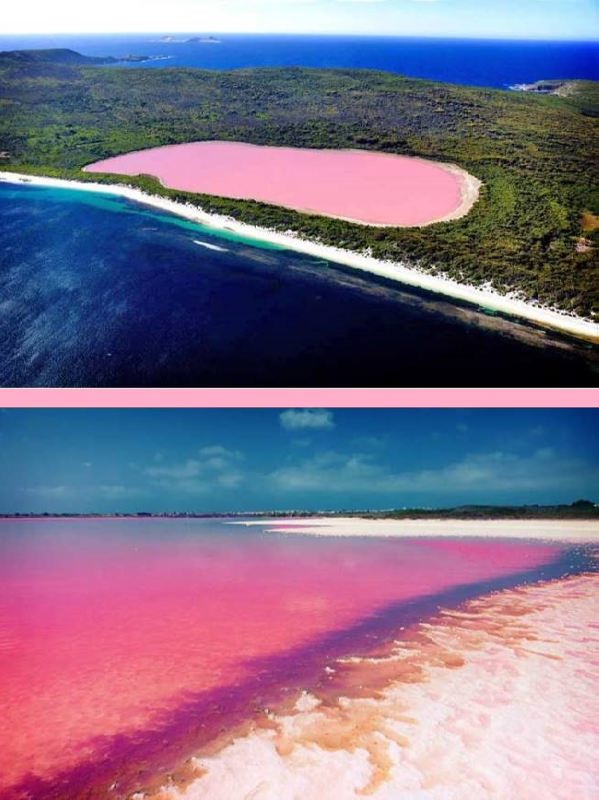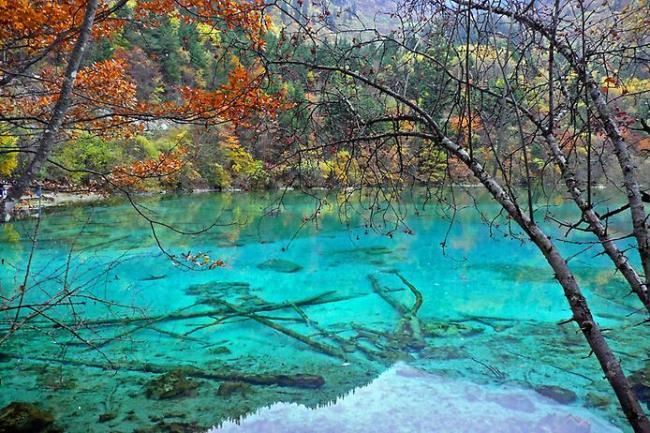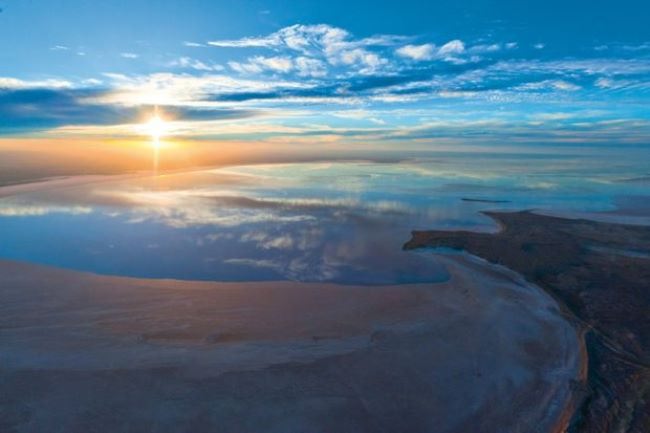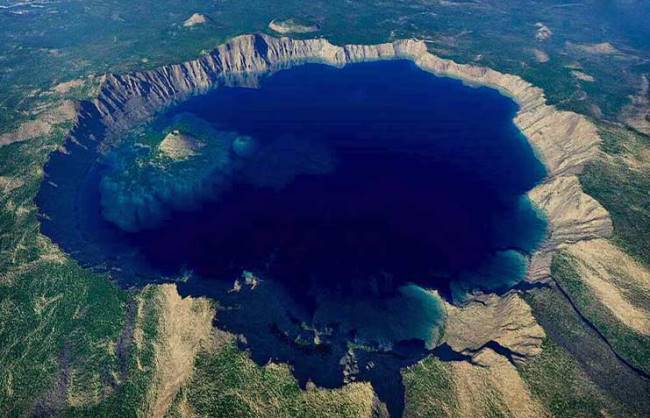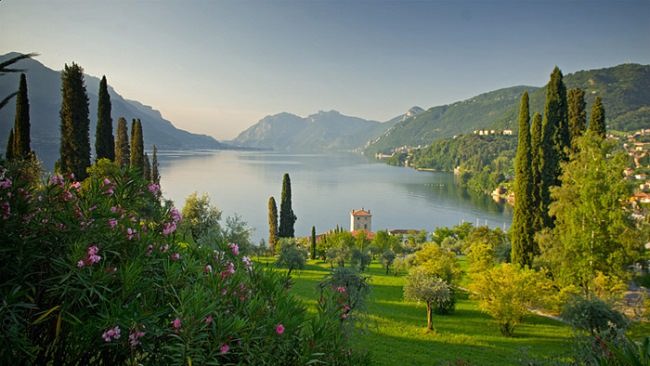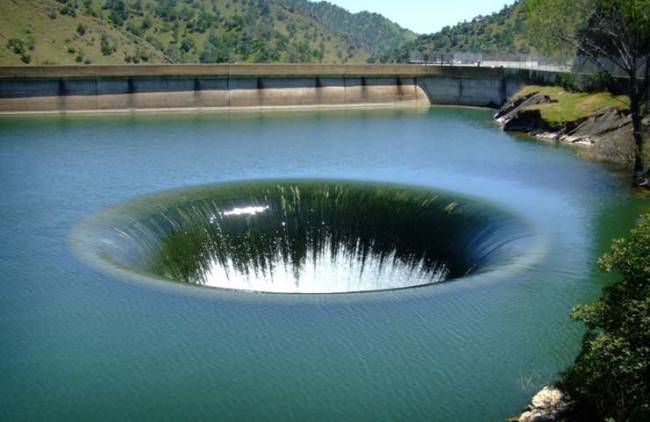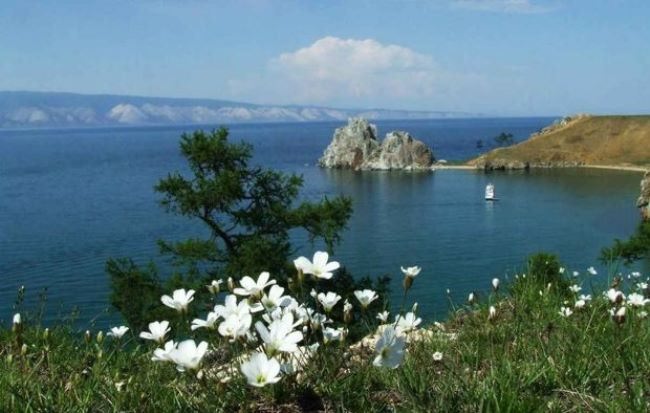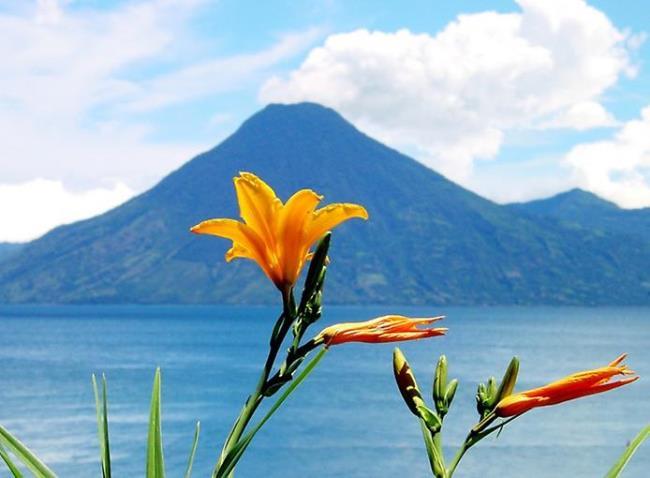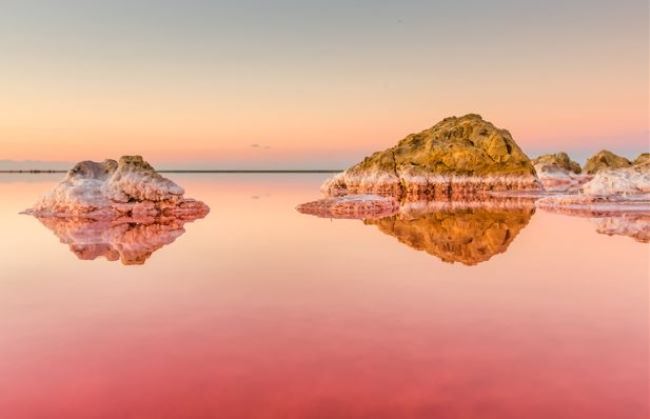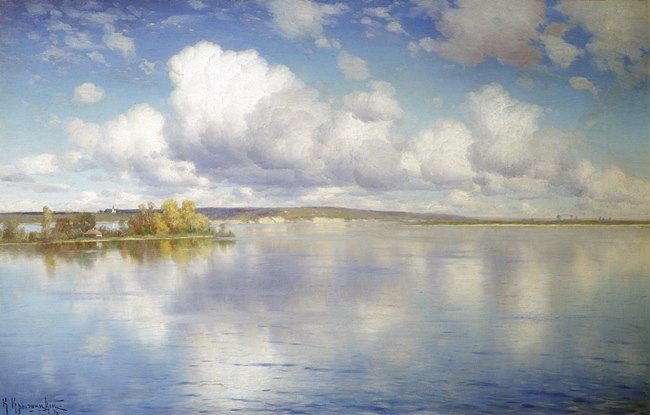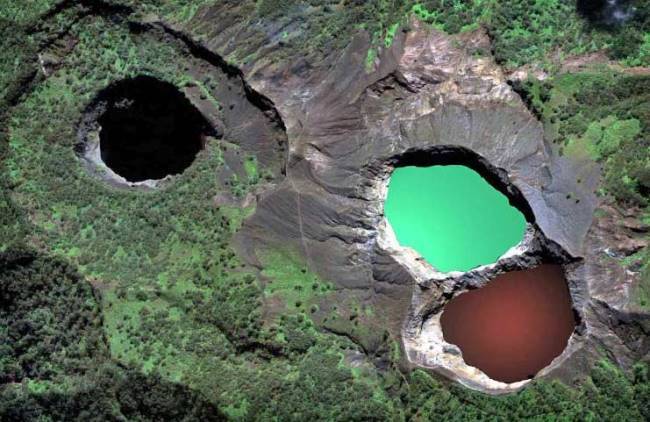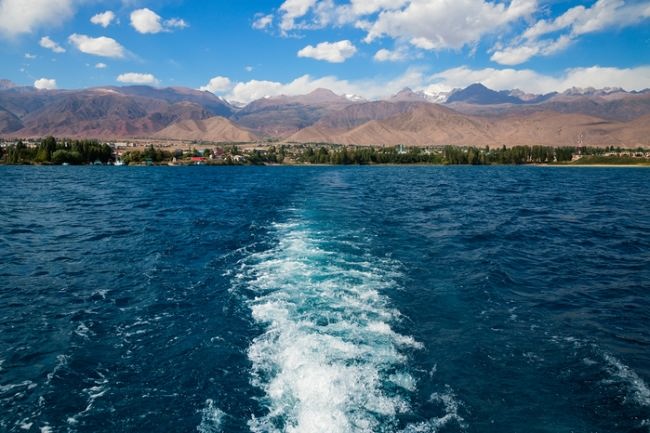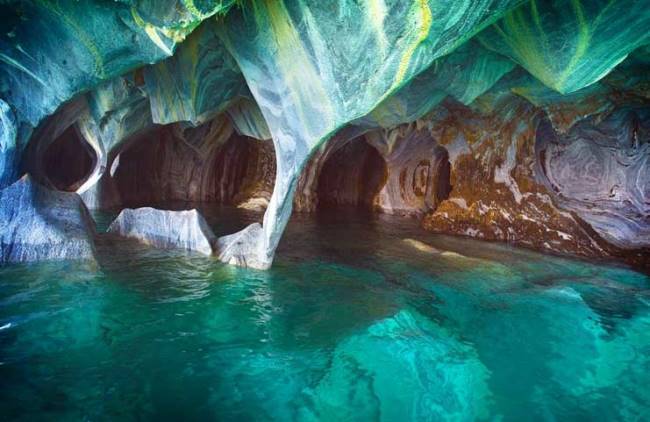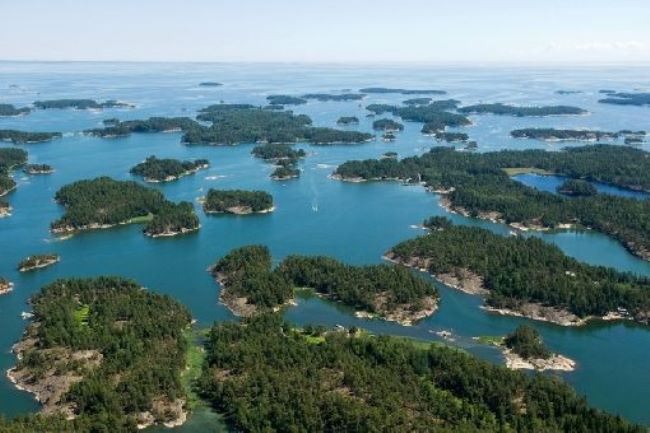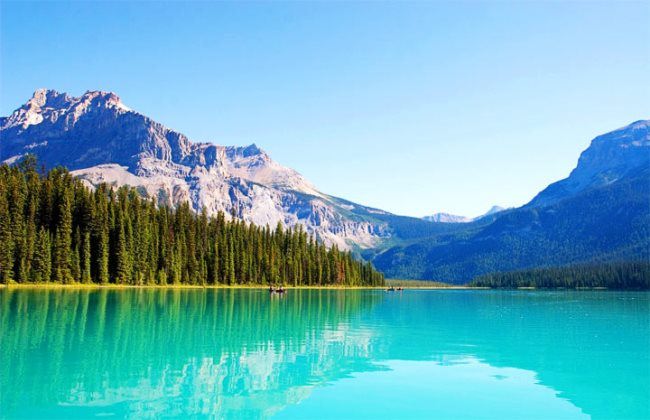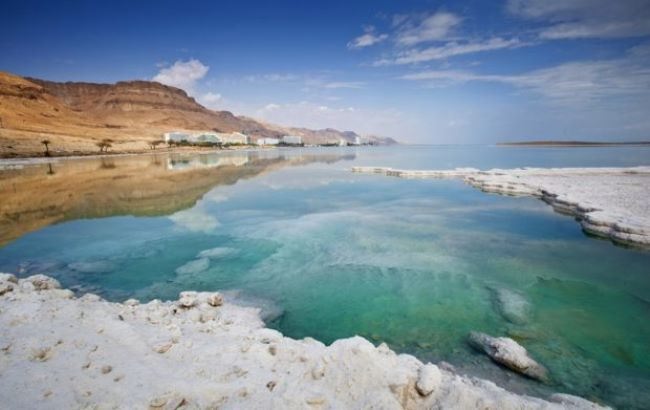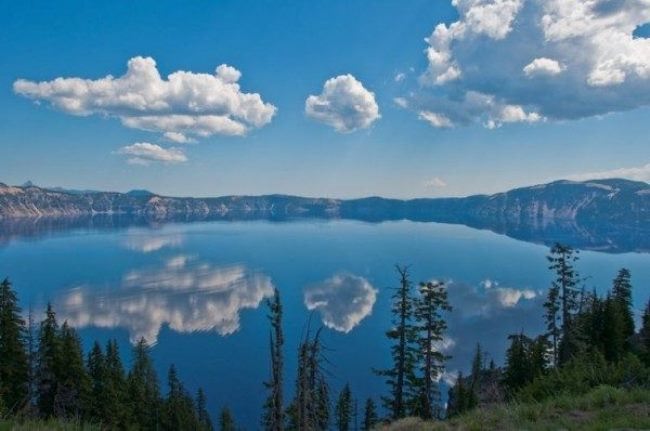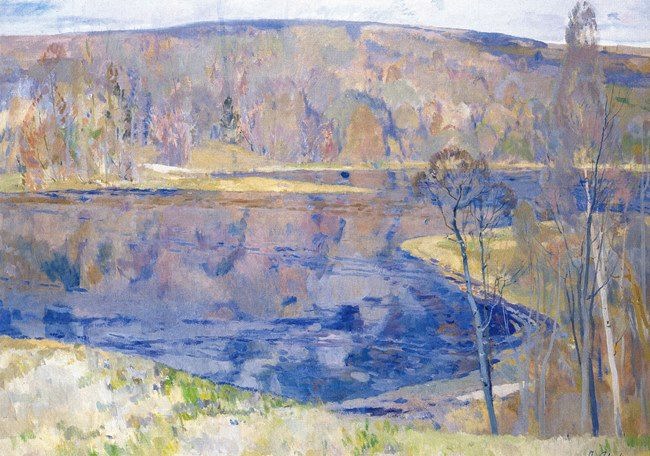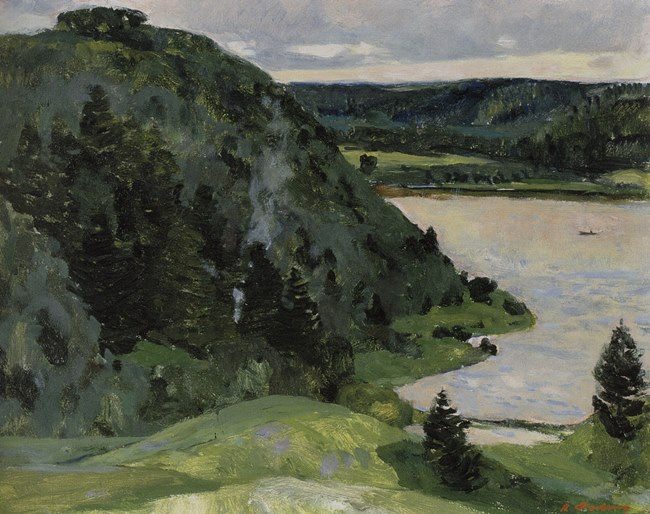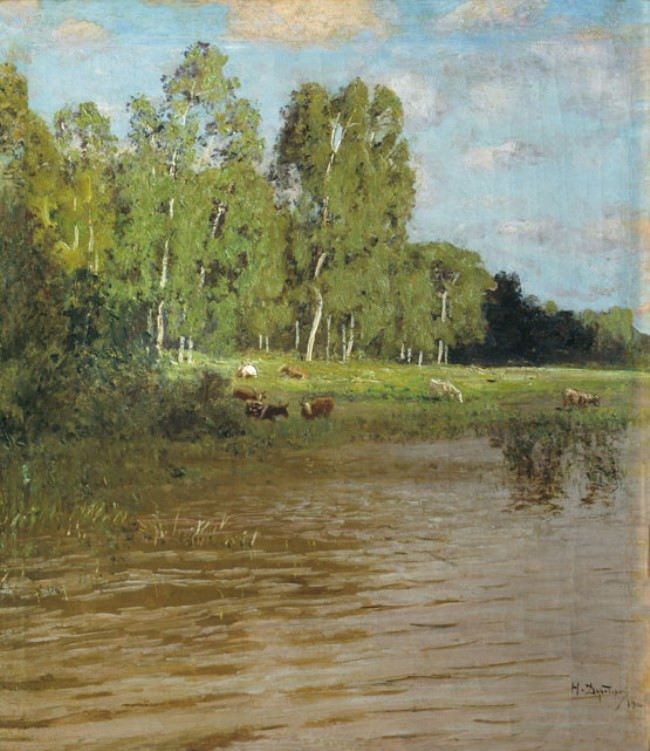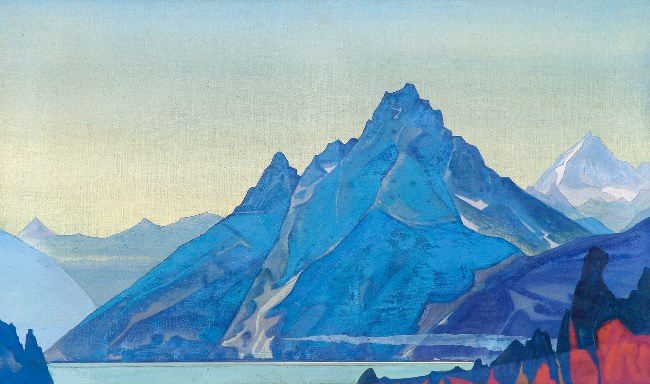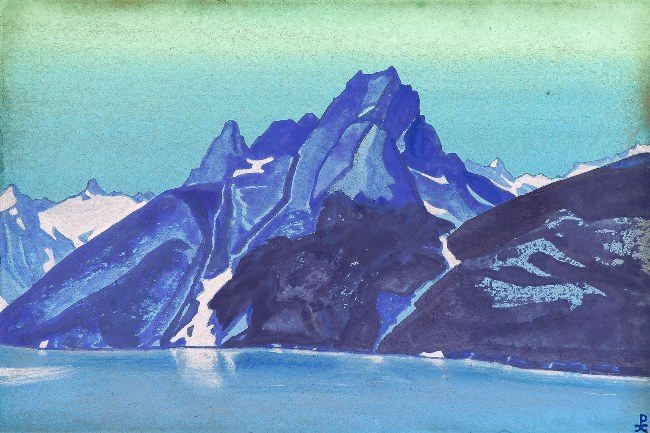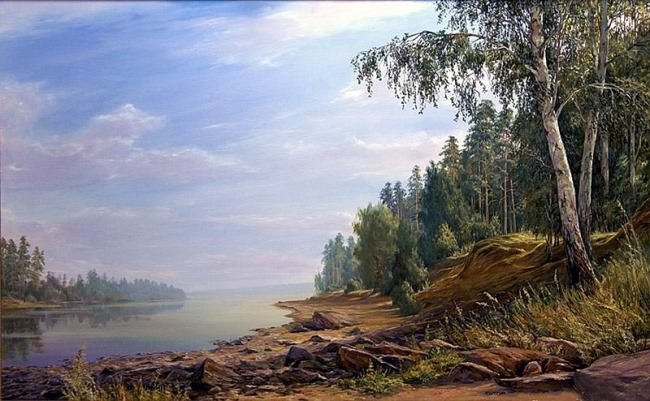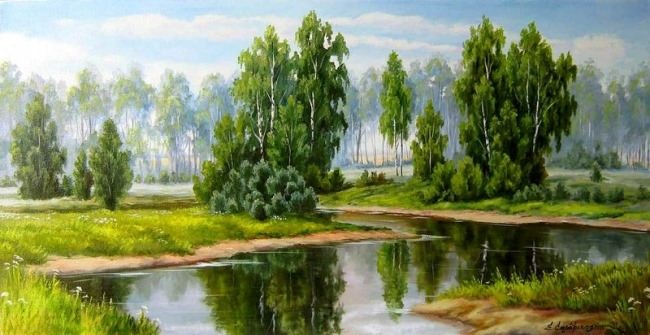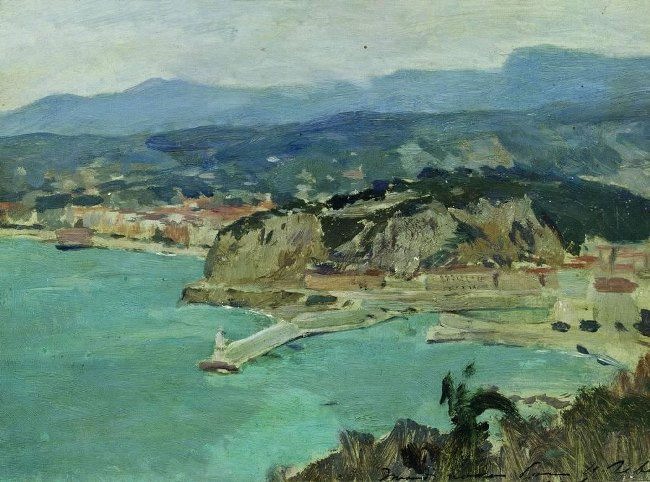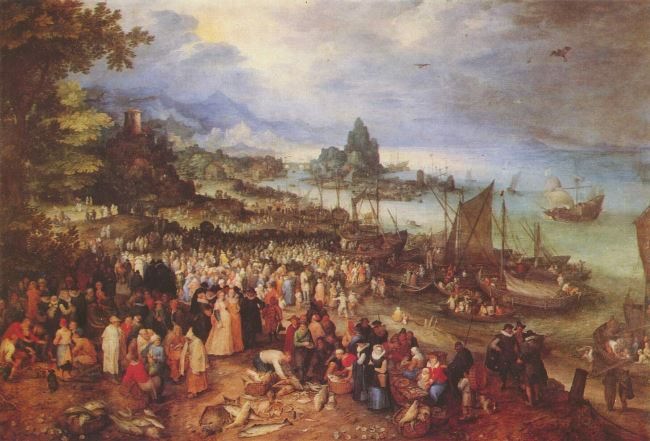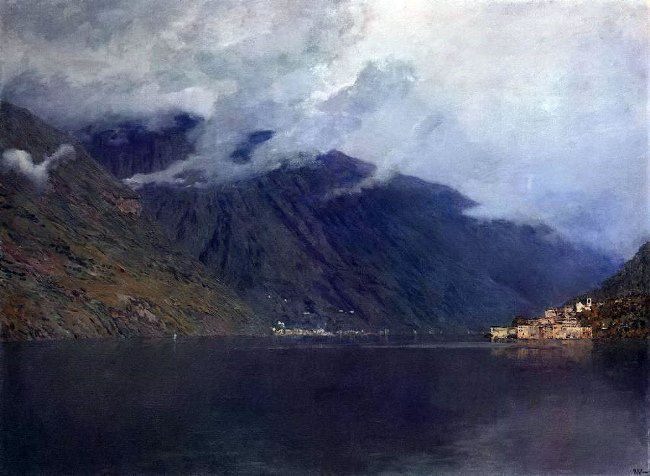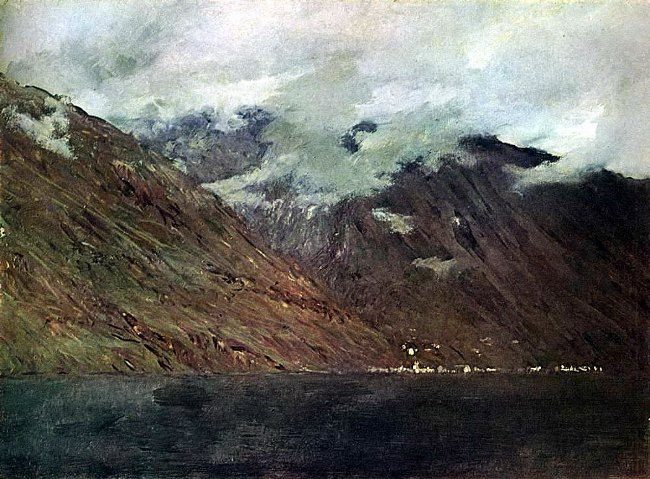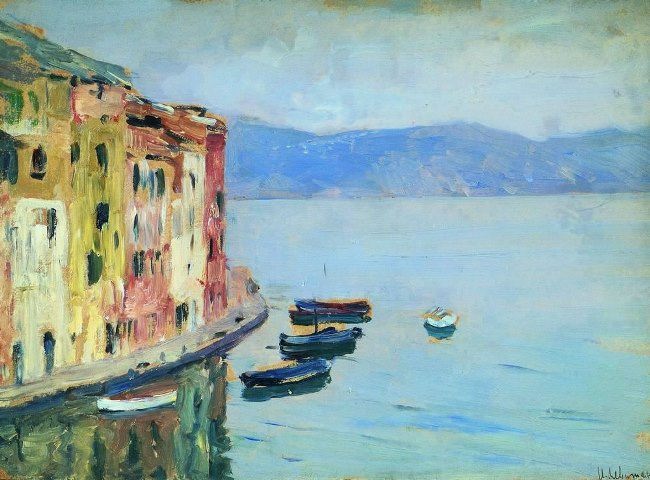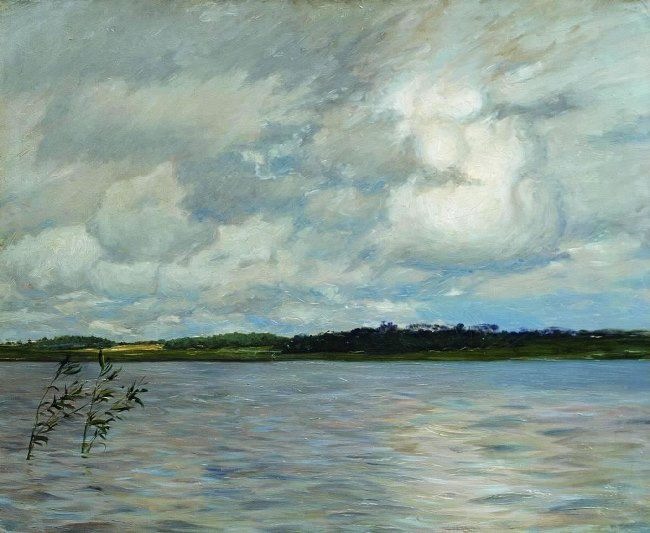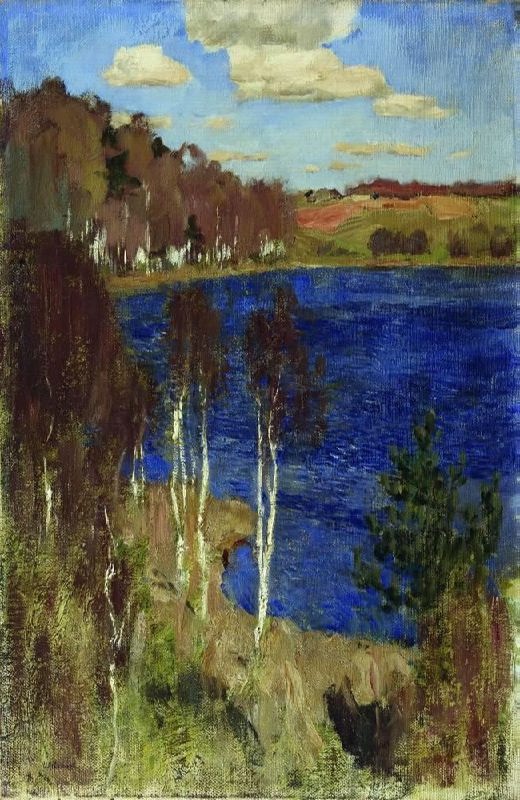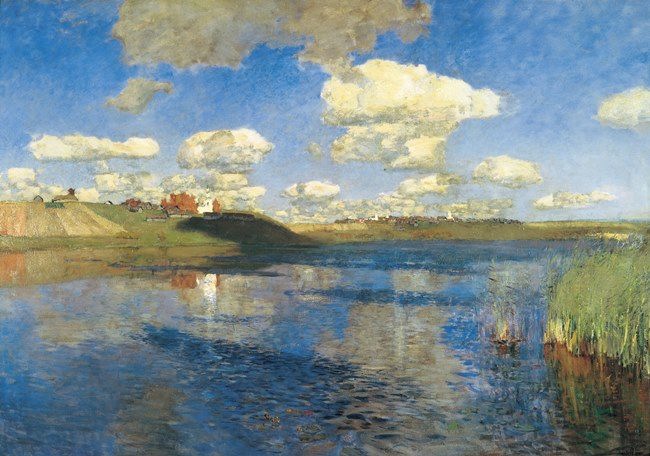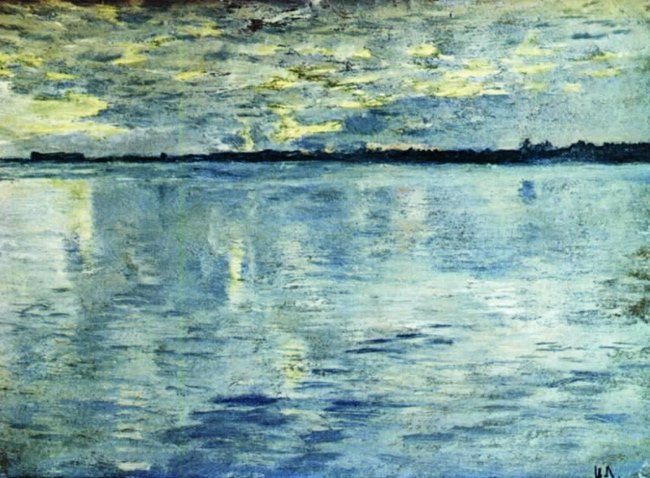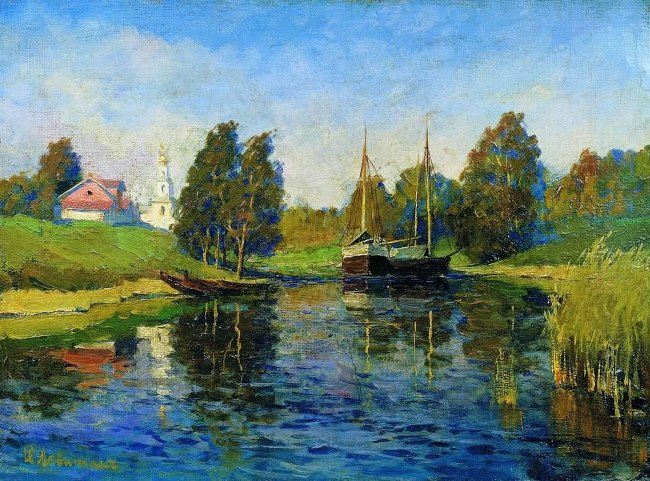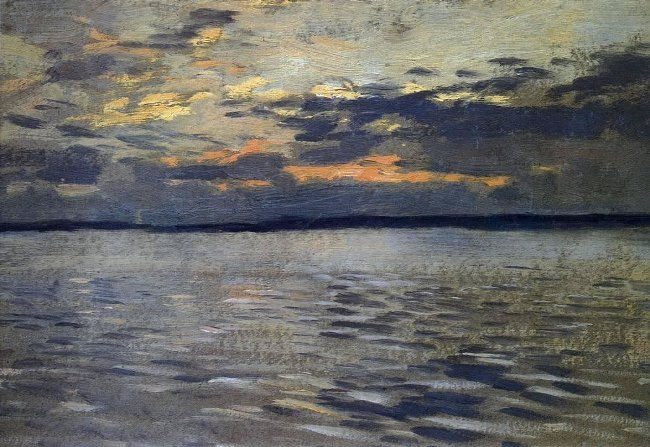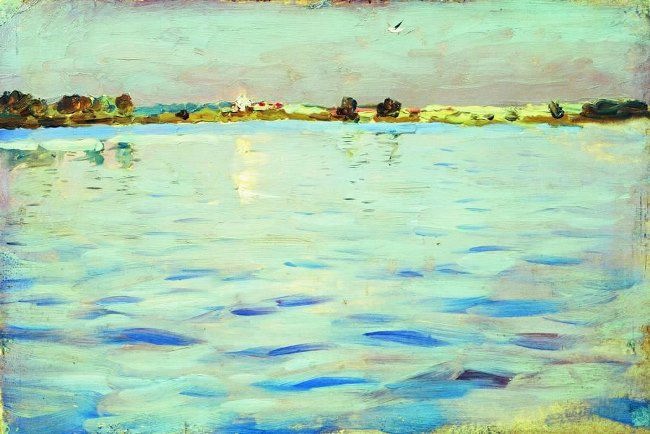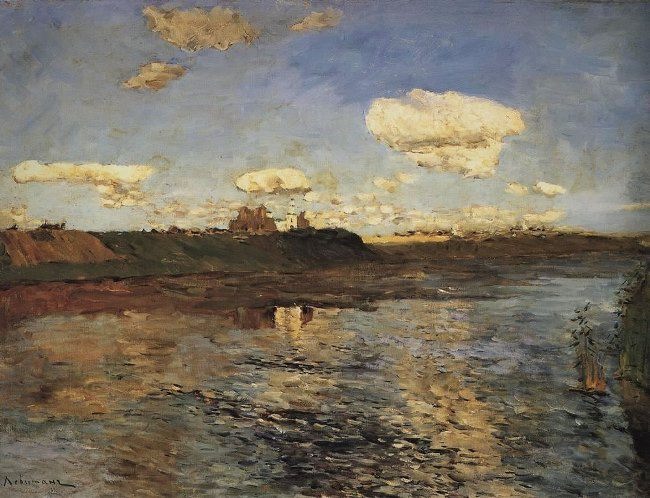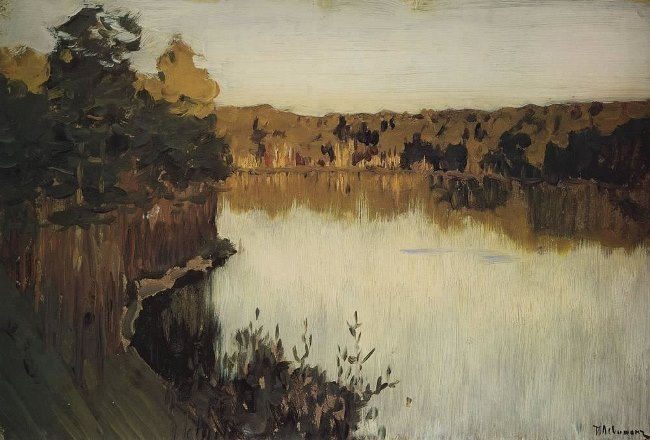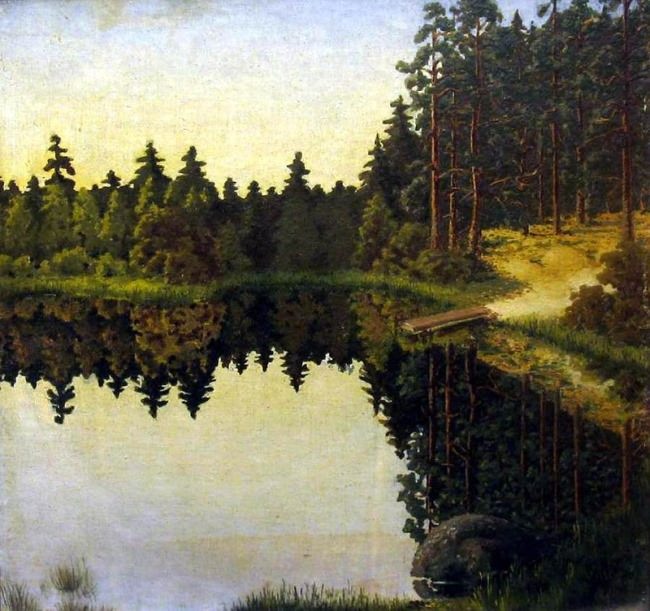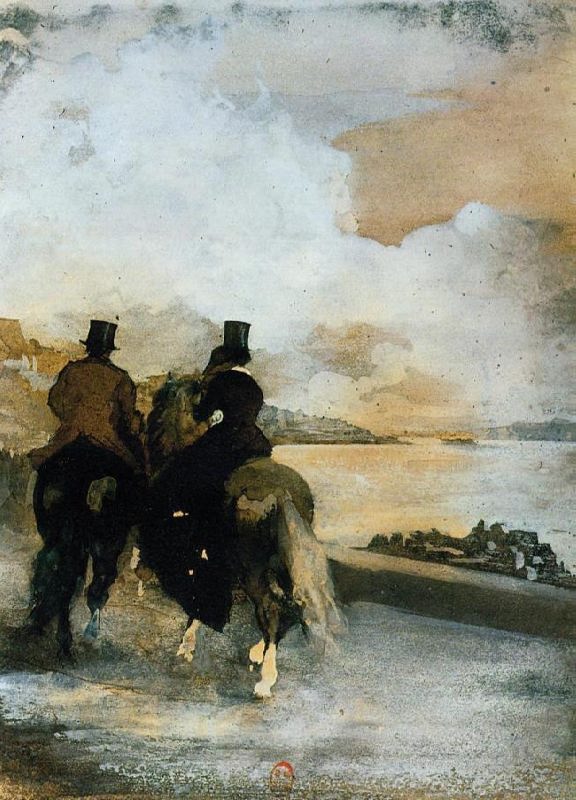Amazing lakes of our planet
Lakes are part of nature. It is very pleasant to lie on the grass on the lake shore, listen to the singing of birds, smell grasses. Besides, lakes are an extremely important element of the hydrosphere. There are about 117 million lakes On Earth. They are very different. There are giants and dwarfs among them.
The Great Lakes are a group of natural freshwater lakes in the middle of North America. These five lakes are Lake Superior, Lake Michigan, Lake Huron, Lake Erie, and Lake Ontario. They cover an area of about 245,660 square kilometers. The lakes were originally formed when glaciers retreated during the last Ice Age. Each one of them is special in some way. Lake Superior is the biggest as well as the deepest of the lakes. Lake Ontario is the smallest lake. Lake Erie is the shallowest, and Lake Huron has the longest shoreline. There are more than 30,000 islands in Lake Huron, including Manitoulin Island, the largest freshwater island in the world.
Namtso or Lake Nam is an amazing lake in the Himalayan mountains. Like all the wonders of Tibet and Tibetan culture, Lake Namtso is harsh and beautiful. Its surface reflects the mountains and the sky, and the weather is changeable and dangerous there. This lake is the second largest salt lake in China and the highest of the world’s salt lakes. The surface of Lake Namtso, which is located at an altitude of 4718 meters above sea level, is more than 1900 square kilometers. The water in the lake is clear and blue. Namtso in Tibetan means “heavenly lake”.
Lake Titicaca, which means “sacred stone”, is located between two countries: Peru and Bolivia. It is a high mountain lake and the largest lake in South America. It is also the world’s highest navigable lake. Its area is 8300 square kilometers. The lake does not freeze, the temperature of its waters is about 11 degrees all year round. There is a legend according to which the Incas, fleeing from the Spaniards, hid their golden treasures at the bottom of this lake. However, the team led by Jacques-Yves Cousteau dispelled this myth. If the gold was at the bottom of a cold lake, it was taken out before the arrival of the Cousteau’s expedition. But they found a frog of enormous size (about 80 centimeters in length), which had an unusual coloration (the merging of several colors at once).
Svetloyar is one of the most mysterious lakes in Russia. It is a small lake with an area of about 12 square kilometers, located in the forests of the Nizhny Novgorod region. The researchers have been studying it for half a century and have not yet reached agreement on the origin of Svetloyar. The water of the lake is also unusual – it can be stored for many years, and it will not lose its purity and taste. There is a famous legend about the city of Kitezh, which disappeared under the waters of Svetloyar.
There are ten volcanoes in Dominica. Seven of them are extinct, and the three others wake up from time to time and shake the island. The last eruption occurred in 1880 and a unique phenomenon of nature, Boiling Lake, appeared.
Lake Retba is a unique pink lake in the Republic of Senegal. The water mirror with an area of three square kilometers is located not far from the Cape Verde Peninsula. Many years ago the lake was a lagoon, connected with the Atlantic Ocean by a narrow channel. Gradually, the ocean waves washed sand, which blocked the channel, and the lagoon turned into a salt lake, at first quite deep. However, in the 1970s, drought began in Senegal, and the lake became much shallower. The water in Retba is bright pink, and the reason for the unique color is cyanobacteria that live in the lake – the oldest microorganisms that appeared in the biosphere of the Earth 3,5 billion years ago.
In China there is a “Bermuda Triangle” – Poyang Lake. It is the largest freshwater lake in the Middle Kingdom. There are many terrible stories connected with this lake. Over the past thirty years more than a half thousand people drowned in the waters of the lake. Those who managed to escape during the shipwreck went crazy. Scientists exploring the lake, note that the wind over this mysterious reservoir can blow simultaneously in a variety of directions.
Russian Lake Baikal is the deepest and largest lake, and, very likely, the most ancient. Most of the lakes of the Earth exist for only a few millennia, while Baikal has been living for 35 million years. Therefore, it is inhabited by unique organisms, most of which are relics and endemics. The lake contains a fifth of the fresh water of the Earth.
In Nicaragua there is the only lake where sharks live.
In Finland, there are so many lakes that they occupy about one-tenth of the entire territory of the country.
On the island of Trinidad there is a lake, consisting not of water, but of liquid asphalt. And local residents use this asphalt to make roads.
More than one and a half hundred lakes in the state of Minnesota, USA, have the same name – Long lake.
In Bolivia there is a red lake Laguna Colorada. This unusual color of water is caused by microscopic algae.
In Algeria, there is a lake, the water in which falls from two rivers and turns into ink. The liquid from it is exported to different countries of the world as a ready filler for rods.
Halemaumau lava lake is located in the Hawaiian Islands in the crater of the Kilauea volcano. It throws out the liquid mass of the lava, which solidifies in the air, turns into drop-like, needle-like structures.
